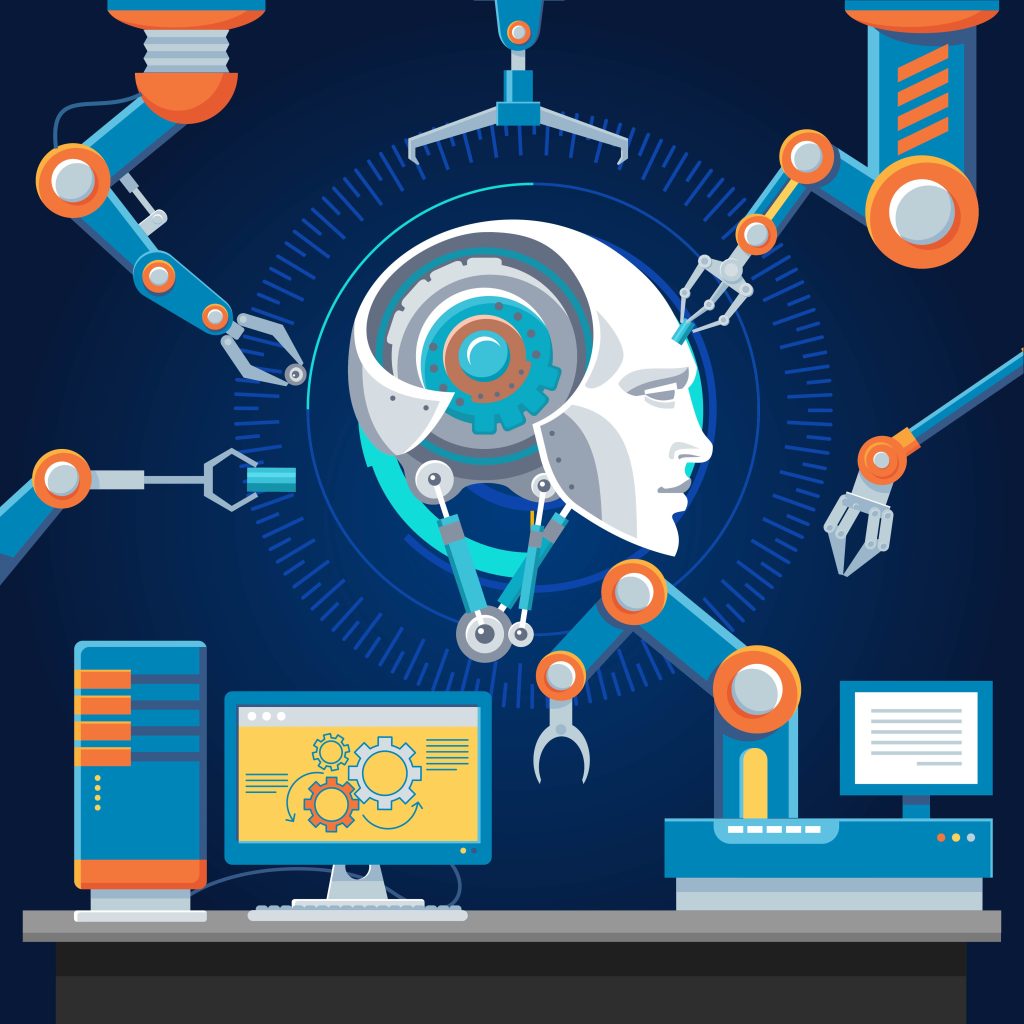Timesheet Analytics: How Data Improves Productivity
In today’s fast-paced business environment, data-driven decision-making has become essential for sustainable growth. One often overlooked area where data can transform productivity is timesheet analytics. By analyzing employee work hours, project timelines, and task efficiency, organizations can uncover valuable insights to optimize workflows and improve overall performance. With the right tools like Processify, businesses can move beyond simple time tracking and unlock the full potential of workforce productivity.
What Is Timesheet Analytics?
Timesheet analytics is the process of collecting, analyzing, and interpreting data from employee timesheets to gain insights into productivity, project costs, and resource allocation. Instead of just recording hours worked, it identifies trends and patterns that help managers make informed decisions.
Why Timesheet Analytics Matters
When used effectively, timesheet analytics provides organizations with several key benefits:
1. Improved Productivity
By analyzing timesheet data, managers can see how much time employees spend on specific tasks. This helps identify bottlenecks, repetitive tasks, or unnecessary activities. With Processify, businesses can streamline processes and focus on high-value work.
2. Better Project Management
Accurate timesheet analytics allow managers to estimate project timelines more effectively. Teams can compare actual time spent versus planned hours, ensuring future projects are more predictable and efficient.
3. Enhanced Resource Allocation
Data from timesheets shows how resources are being utilized. If certain employees or teams are overworked while others are underutilized, managers can redistribute workloads for balance and efficiency.
4. Cost Control and Budgeting
Understanding how time translates into costs is critical for profitability. Timesheet analytics helps track billable vs. non-billable hours, enabling better client billing and internal cost management.
5. Employee Performance Insights

Rather than micromanaging, timesheet data empowers managers to spot patterns in performance. For example, some employees may be most productive in the mornings, while others excel in creative tasks during afternoons. Recognizing these trends allows for smarter task assignments.
How Processify Simplifies Timesheet Analytics
Traditional spreadsheets make timesheet analysis complex and time-consuming. Processify provides an automated, data-driven platform that simplifies time tracking and turns it into actionable insights. Key features include:
- Real-time dashboards for tracking productivity.
- Automated reports to compare planned vs. actual work.
- AI-powered insights to detect inefficiencies and suggest improvements.
- Customizable analytics for different departments and projects.
Best Practices for Using Timesheet Analytics
To get the most out of timesheet analytics, organizations should:
- Encourage employees to log time accurately.
- Review reports regularly to spot inefficiencies early.
- Use analytics for decision-making, not micromanagement.
- Combine timesheet data with project management tools for deeper insights.
Final Thoughts
Timesheet analytics is more than just monitoring work hours—it’s about leveraging data to enhance efficiency, productivity, and business outcomes. By adopting platforms like Processify, companies can transform raw timesheet data into powerful insights that drive smarter strategies and long-term success.


